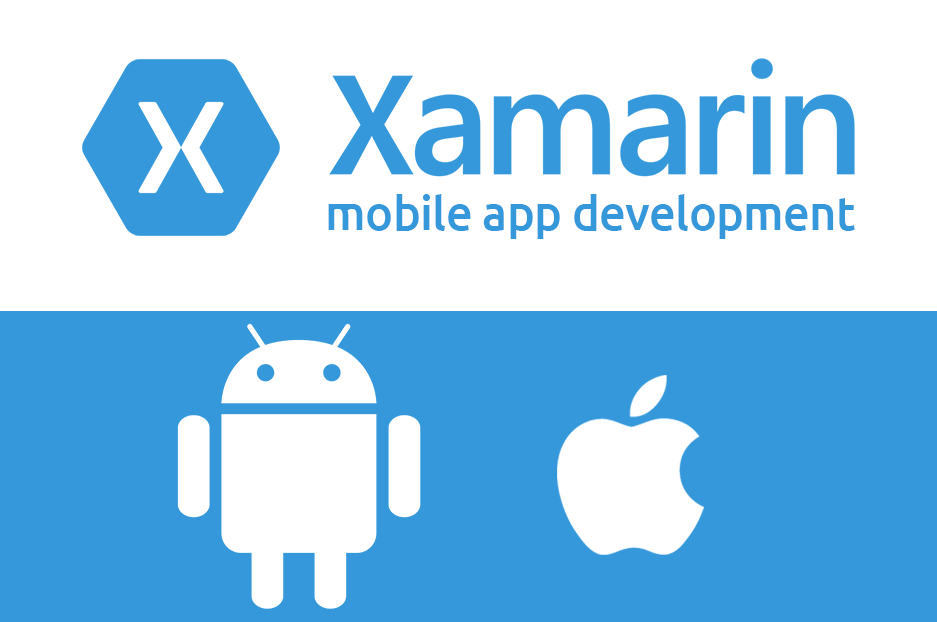
Free eBooks for Beginners
Navigation is a crucial aspect of mobile app development, as it allows users to move between different screens or pages within an app. In Xamarin.Forms, a popular framework for building cross-platform mobile apps, navigation is implemented using a navigation stack.
A navigation stack is a data structure that keeps track of the pages that a user has visited within an app. When a user navigates to a new page, that page is pushed onto the top of the stack. When the user navigates back, the current page is popped off the top of the stack. This allows the user to easily move back and forth between different pages within the app.
In Xamarin.Forms, developers can use the NavigationPage class to create a navigation stack. The NavigationPage class acts as a container for other pages, and it provides methods for pushing and popping pages onto and off of the stack.
For example, to navigate to a new page within an app, a developer can use the PushAsync method of the NavigationPage class. This method takes a page object as a parameter and pushes it onto the top of the stack. To navigate back to the previous page, the developer can use the PopAsync method, which removes the current page from the top of the stack.
In addition to the basic navigation stack, Xamarin.Forms also provides a number of other navigation-related features that make it easy for developers to create seamless and intuitive navigation in their apps. For example, the framework includes built-in support for navigation bar and tab bar, which are common navigation elements in mobile apps. Developers can also use the MasterDetailPage class to create a split-view navigation, where the user can toggle between a master view and a detail view.
Another important aspect of navigation in Xamarin.Forms is the ability to pass data between pages. This is achieved by using the NavigationPage class’s Navigation.PushAsync method along with a parameter. The data can be passed in the form of query string, which is a key-value pair.
Overall, Xamarin.Forms provides a wide range of features that make it easy for developers to implement navigation in their apps. The framework’s navigation stack and built-in support for common navigation elements like navigation bars and tab bars allow developers to create apps with intuitive and seamless navigation that make it easy for users to move between different pages. Additionally, the ability to pass data between pages allows for a more dynamic and interactive user experience.
Cookbook – Xamarin for Beginners – Chapter 05
 Loading...
Loading...
Disclaimer: The information and code presented within this recipe/tutorial is only for educational and coaching purposes for beginners and developers. Anyone can practice and apply the recipe/tutorial presented here, but the reader is taking full responsibility for his/her actions. The author (content curator) of this recipe (code / program) has made every effort to ensure the accuracy of the information was correct at time of publication. The author (content curator) does not assume and hereby disclaims any liability to any party for any loss, damage, or disruption caused by errors or omissions, whether such errors or omissions result from accident, negligence, or any other cause. The information presented here could also be found in public knowledge domains.